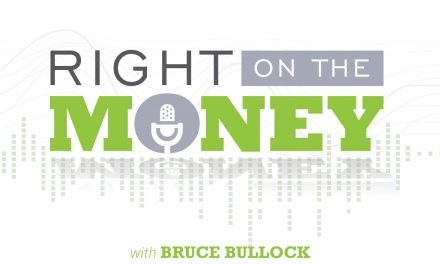Life Insurance Getting Cheaper, Lifetime Annuity Payouts Getting Smaller
Living longer is having a rippling effect on the pricing of mortality products like life insurance (cheaper!) and lifetime annuity payouts (smaller!). Many retirement plans have not accounted for projected longevity, so retirement funds may be short, and an increase in medical and long-term care costs are almost certain. Living longer also brings into question the quality of life if you live to age 100 and beyond.
One of the barometers of future longevity can be found in the pricing of life insurance. As the human timeline extends into new longevity frontiers, life insurance premiums decrease. In the ’90s, survivorship life insurance—two lives on one contract—cost more than $20,000 for a male and female, ages 65, in good health with coverage of $1,000,000 to joint age 100. That same scenario today is less than $10,000 with a policy maturity date to age 120.
Even term life insurance has dropped significantly. A female age 25, “super preferred,” non-smoker classification may spend an annual premium of $100 for a 10-year guaranteed period for $100,000 death benefit. Tom Hegna, best-selling author and economist, says longevity is impacting mortality products. Life insurance is getting cheaper and lifetime annuity payouts are getting smaller. Watch the interview with Tom Hegna.
Another facet in understanding future longevity is lifetime income annuity payouts. These payouts are comprised of principal, interest and the insurance industry’s secret sauce: mortality credits. The industry touts mortality credits, as its own version of investment “alpha.” To comprehend the concept of mortality credits and alpha, you need to have an understanding of the law of large numbers. If the average age of a U.S. female is 88.8 years1, then half of all females will live longer. Assigning mortality credits to the “living” is based on those who died earlier than 88.8 years.
Recently, the 2012 CSO tables were implemented in annuity pricing models. The guaranteed lifetime annuity payouts were less; not because of low interest rates, but because of the reduction in mortality credits. Living longer reduces mortality credits and lowers the payout. Even so, the top annuity payouts are competitive in relationship to bond and CDs earnings. Longevity will also impact America’s pension, which is similar to a guaranteed lifetime annuity. Social Security benefits will be under considerable pressure as the baby boomers—the largest retirement population ever—retirees and lives longer than any previous generation. Longevity is the number-one risk in retirement and is a risk multiplier of all other retirement risks.
1 Source: Changes in life expectancy for 65-year olds in the us 2010 vs 2014 Wall Street-Journal 10/28/2014
Nationally syndicated financial columnist Steve Savant interviews Tom Hegna, popular platform speaker, retirement expert and best selling author. The show features the Mid Year economic Update for 2016. Tom has two retirement books entitled Don’t Worry Retire Happy and Paychecks and Playchecks. Tom has also hosted the PBS Special, Don’t Worry Retire Happy.





